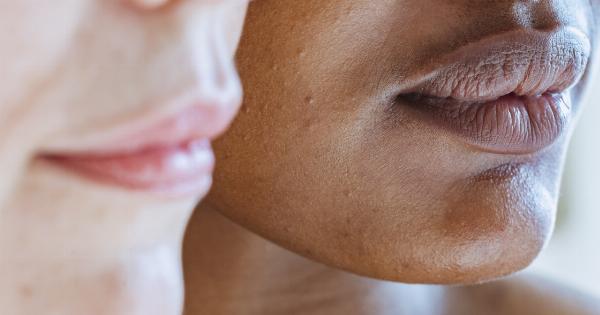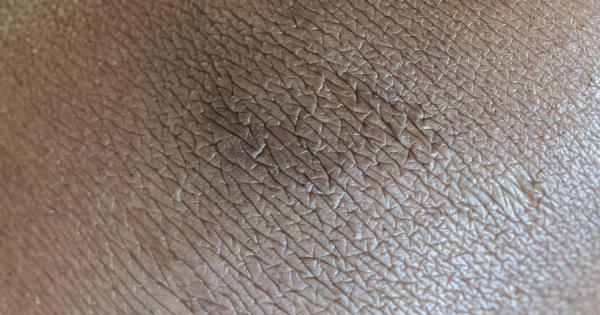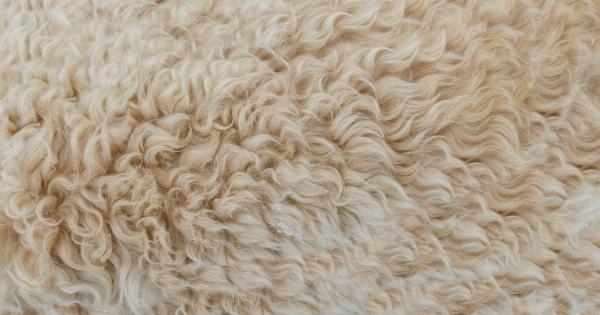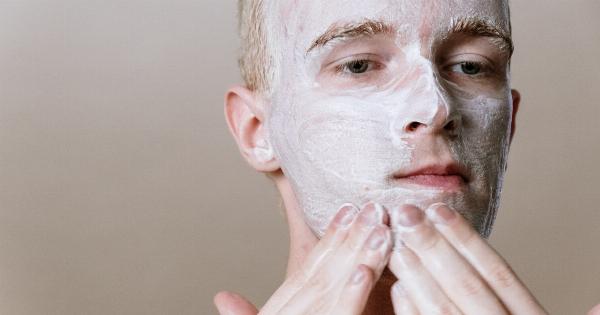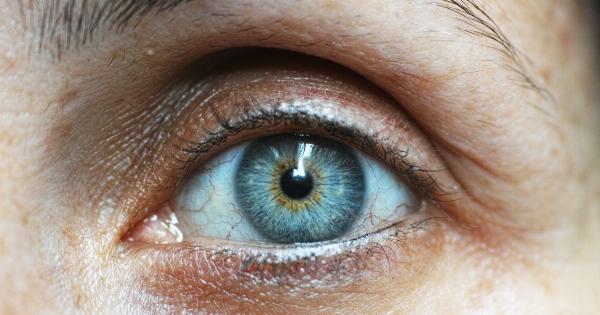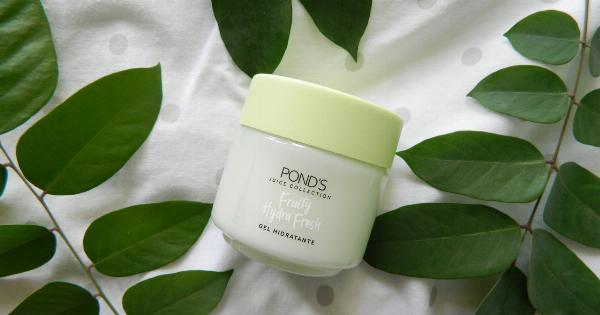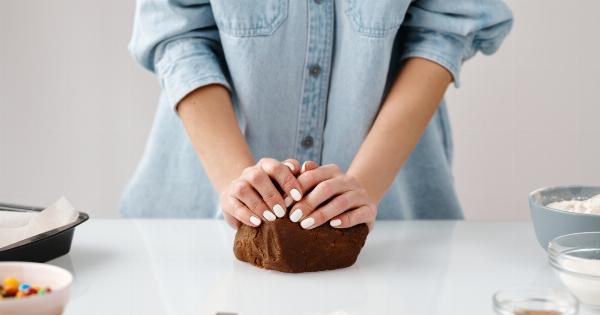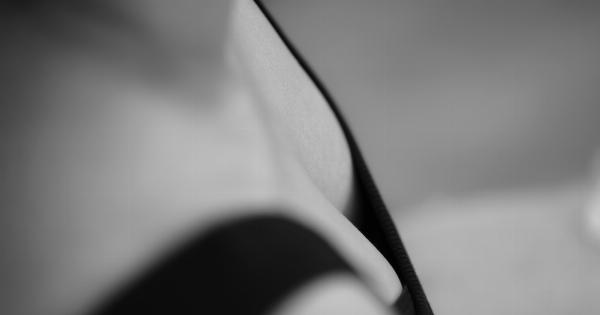Exfoliation is a process that involves removing dead skin cells from the outermost layer of the skin. This process can be important for maintaining healthy and radiant-looking skin.
Exfoliating your face can also help to improve the effectiveness of your skincare routine by allowing products to penetrate deeper into the skin.
Why is Exfoliation Important?
When dead skin cells build up on the surface of the skin, it can clog pores and lead to a dull complexion. Exfoliating can help to remove the dead skin cells and other impurities on the skin, revealing brighter and smoother skin underneath.
Exfoliating can also help to improve the overall texture and tone of the skin.
How Often Should You Exfoliate?
The frequency of exfoliation can depend on the individual’s skin type and sensitivity. Generally, it is recommended to exfoliate the face 1-2 times a week. For those with sensitive skin, once a week may be sufficient.
It is important not to over-exfoliate, as this can lead to irritation and damage to the skin.
Types of Exfoliators
There are two main types of exfoliators: physical and chemical. Physical exfoliators typically use a gritty texture or abrasive material to physically remove dead skin cells from the skin’s surface.
Examples of physical exfoliators include scrubs, brushes, and loofahs. Chemical exfoliators, on the other hand, use acids or enzymes to break down the bonds between dead skin cells, allowing them to be easily removed.
Examples of chemical exfoliators include alpha and beta hydroxy acids (AHAs and BHAs), enzymes, and retinol.
Choosing the Right Exfoliator for Your Skin Type
Choosing the right exfoliator for your skin type is important to prevent damage and irritation. For those with oily or combination skin, a chemical exfoliator such as a salicylic acid may be beneficial.
For those with dry or sensitive skin, a physical exfoliator such as a gentle scrub may be more suitable. It is important to read the label and ingredients carefully before choosing an exfoliator.
The Correct Way to Exfoliate Your Face
Now that you know the importance of exfoliation and the different types of exfoliators, it’s important to know how to exfoliate your face correctly. Follow these steps for the best results:.
- Start with clean, wet skin.
- Apply the exfoliator to your face, avoiding the eye area.
- Gently massage the exfoliator into your skin using circular motions.
- Rinse off the exfoliator with warm water.
- Follow up with your regular skincare routine, such as a moisturizer or serum.
Tips for Safe Exfoliation
While exfoliation can be beneficial for your skin, it is important to follow these tips to prevent damage and irritation:.
- Do not exfoliate if your skin is sunburned or irritated.
- Do not exfoliate too often or too aggressively.
- Do not use an exfoliator if you are using a prescription acne medication or Retin-A.
- Always test a small patch of the skin before using a new exfoliator.
In Conclusion
Exfoliating your face can be an important step in maintaining healthy and radiant skin.
By understanding the importance of exfoliation, choosing the right exfoliator for your skin type, and following proper techniques and precautions, you can safely exfoliate your face for the best results.







